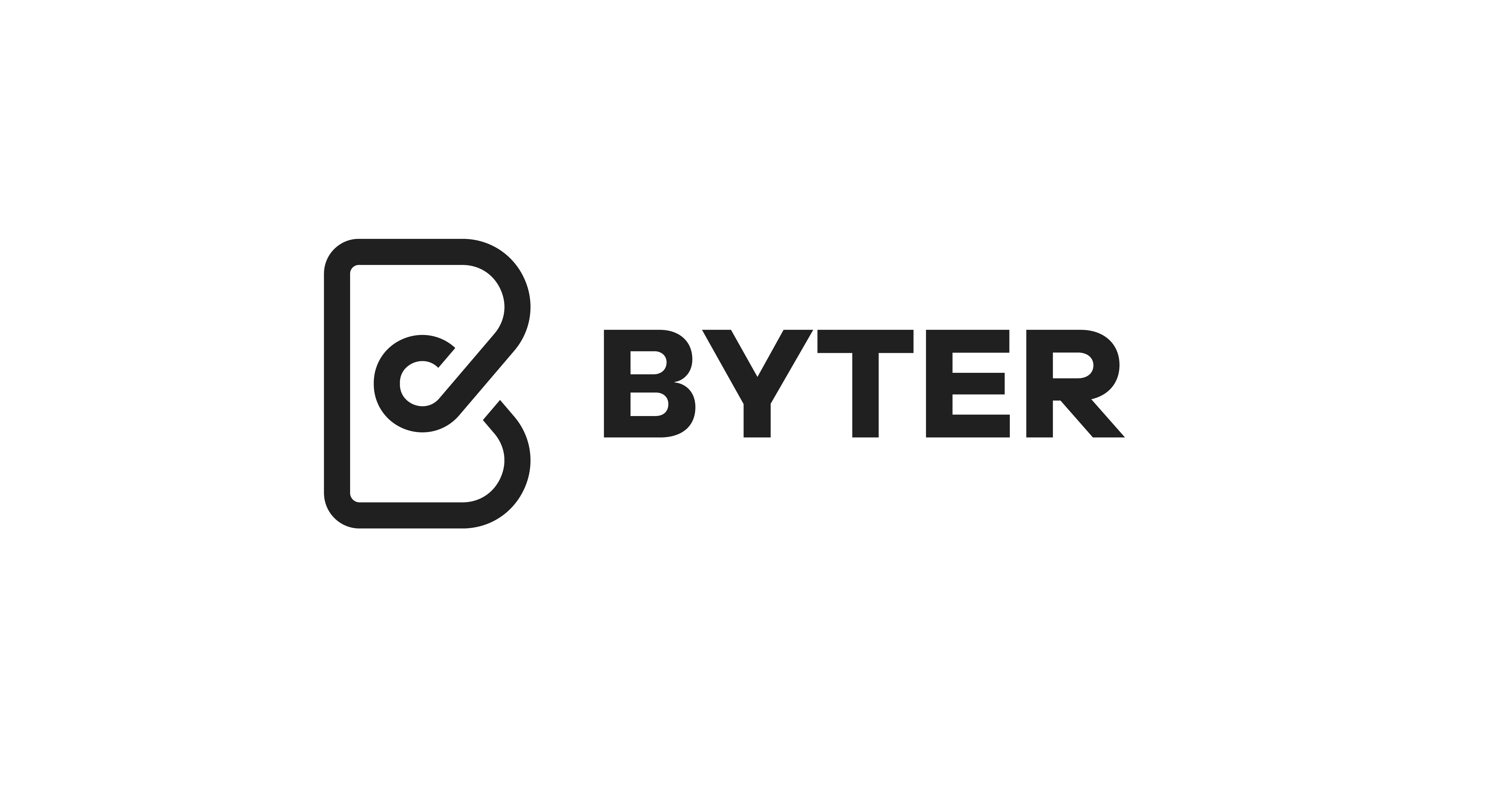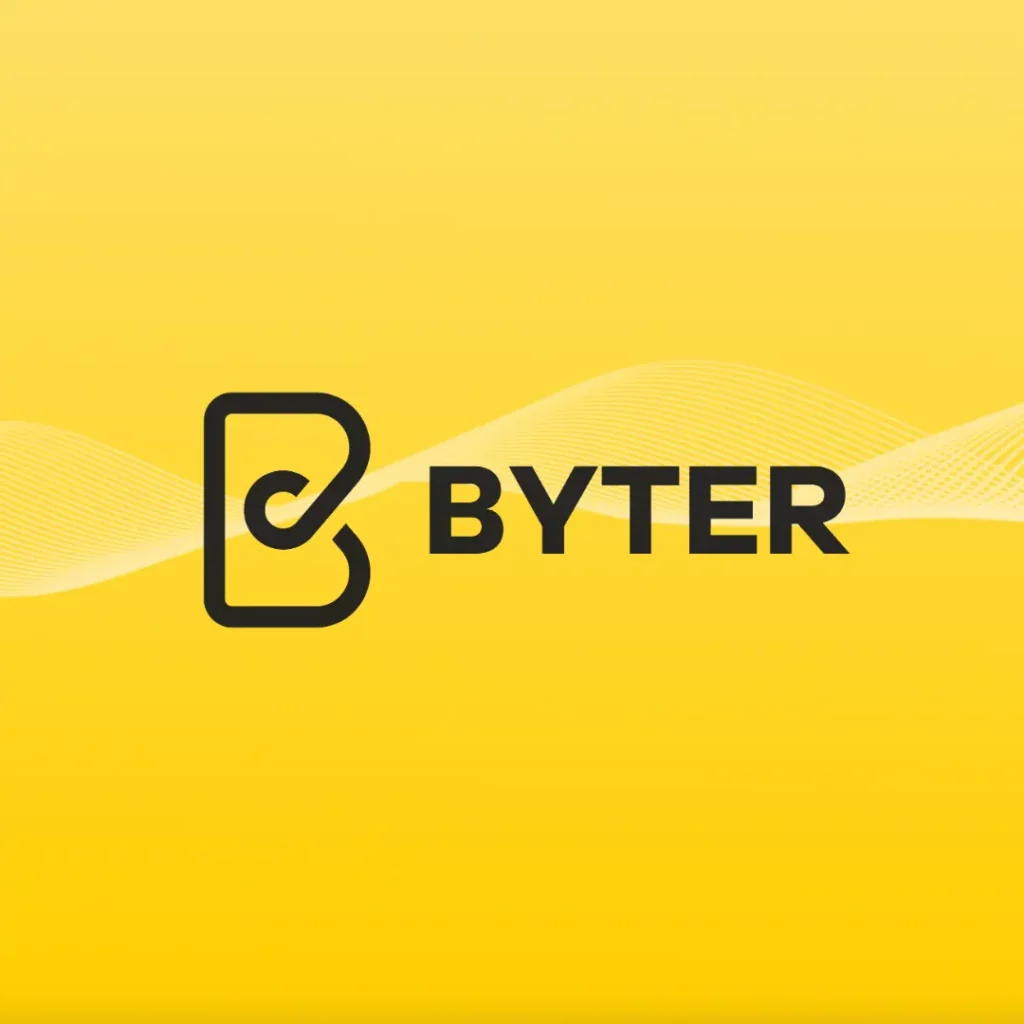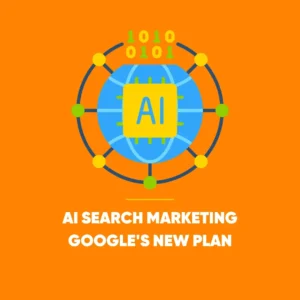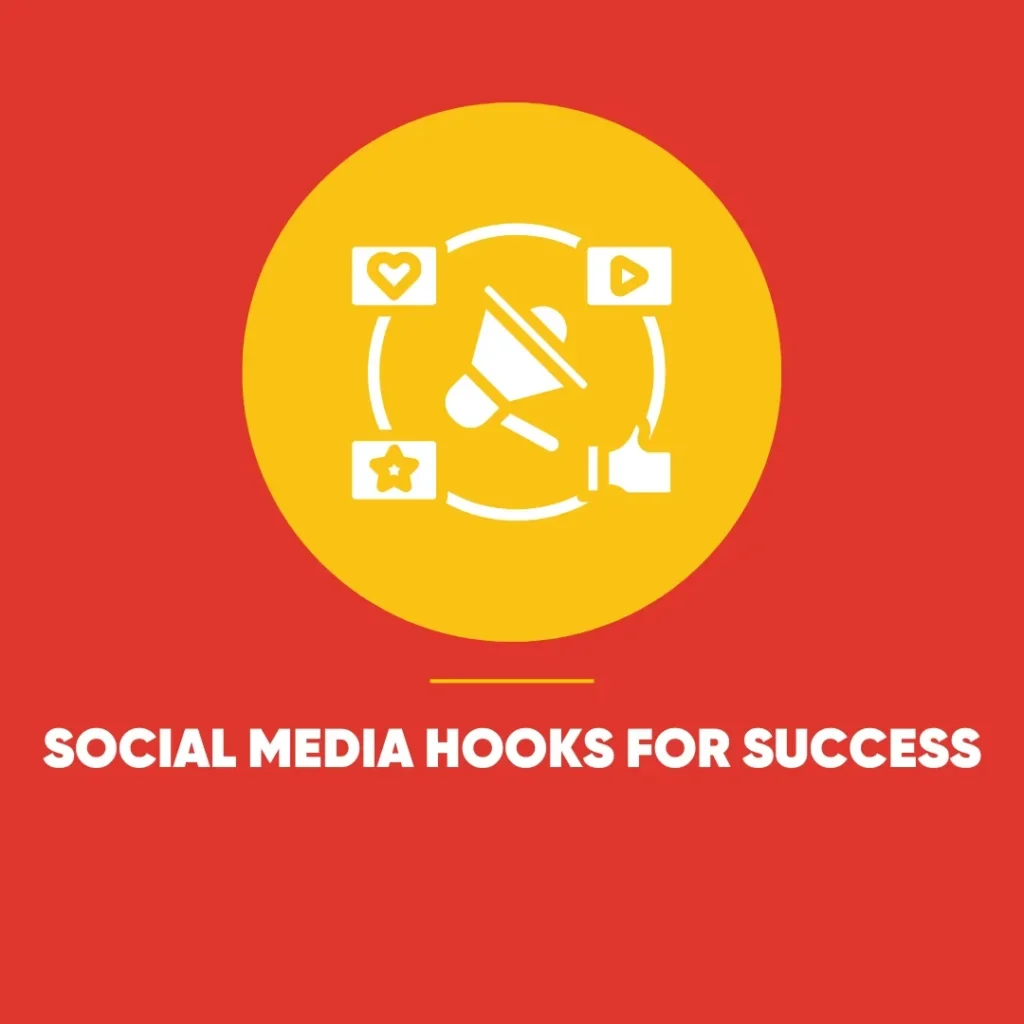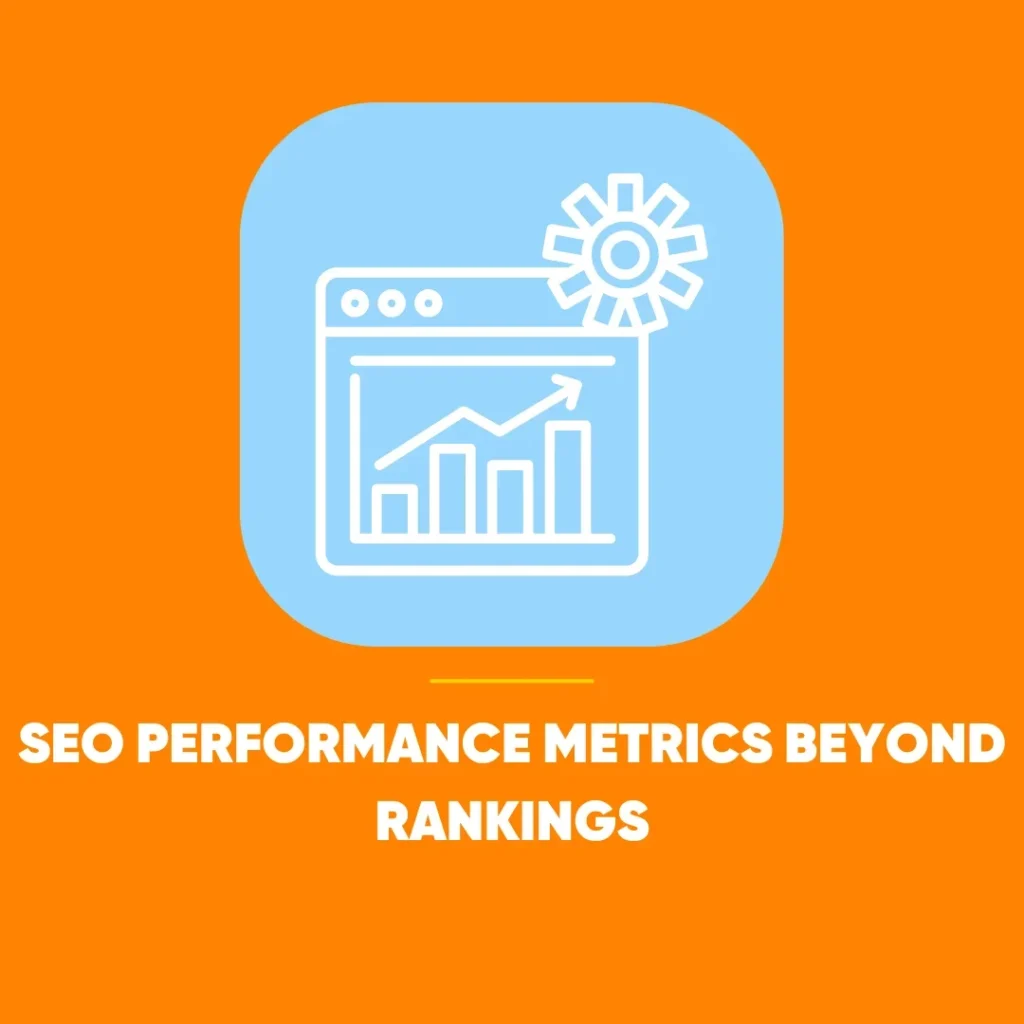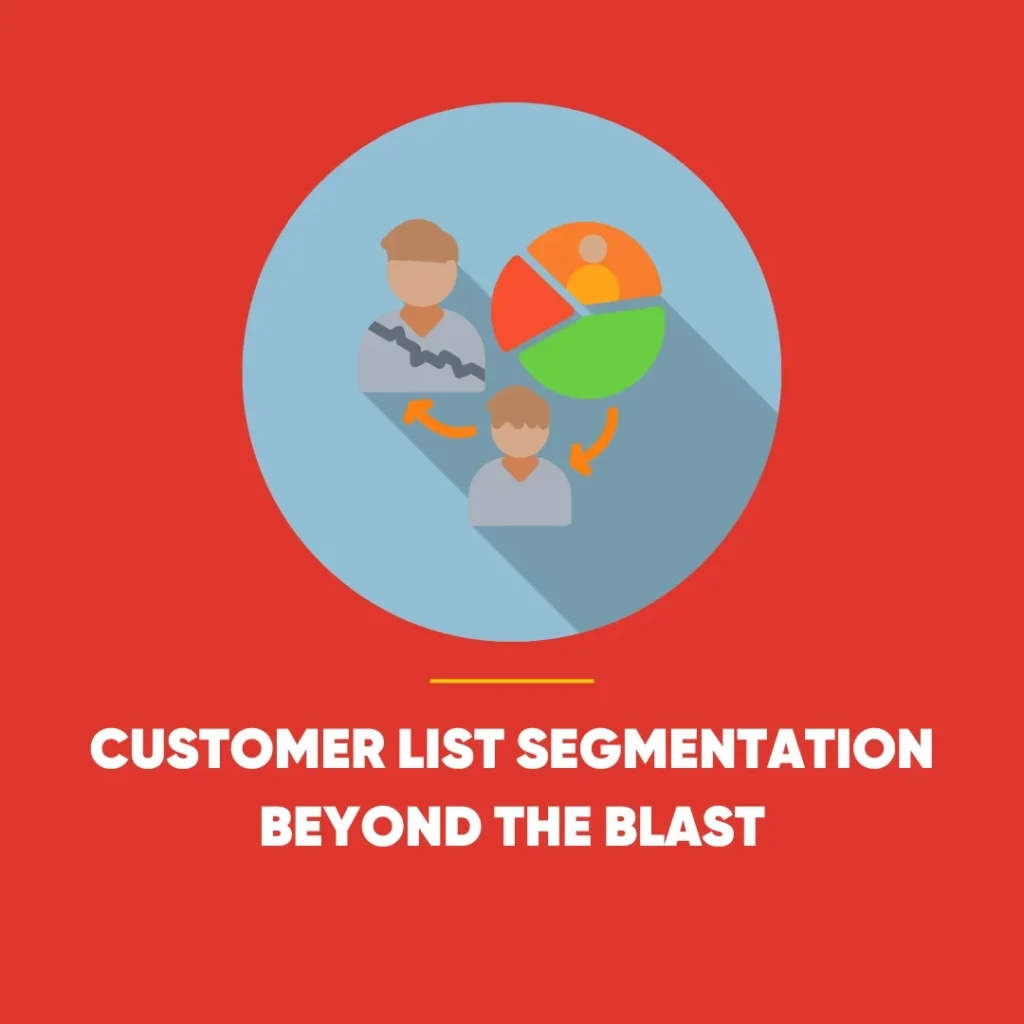Visual Content Trends: Guide for British Brands
Visual content trends show storytelling is now more than glossy images and digital perfection for successful brand marketing. For British businesses, 2026 demands authentic connections and truly immersive experiences. Generic visuals no longer work. Audiences actively seek fresh, relatable content which makes them feel something.
Can artificial intelligence (AI) generate emotion? Will a deep dive into nostalgia truly resonate? How can we convey vital credibility? Furthermore, how can we make static visuals obsolete?
Therefore, this guide explores five essential visual storytelling trends in detail. Ultimately, these trends will shape how British brands engage their customers in 2026. Specifically, experts from the 99designs community highlighted these crucial shifts for marketing specialists.
Seeking Sincerity: Visual Content Trends and Authenticity
 Consumers now crave reality, not a curated, polished feed. An earlier Stackla survey showed that over half (59%) of customers trust user generated content (UGC) the most. The days when high production visuals equaled professionalism are fading fast. Audiences now prefer unedited, in the moment visual elements reflecting real life.
Consumers now crave reality, not a curated, polished feed. An earlier Stackla survey showed that over half (59%) of customers trust user generated content (UGC) the most. The days when high production visuals equaled professionalism are fading fast. Audiences now prefer unedited, in the moment visual elements reflecting real life.
This pivotal shift fuels two key marketing approaches:
- Employee Generated Content (EGC): Brands hand over creative control to employees. They capture spontaneous, natural, and relatable behind the scenes moments.
- Community Centric Marketing: Brands prioritise everyday experiences and real people. This helps build stronger communities and encourages more UGC.
This demand for authenticity is also influencing design choices:
- Imprints and Etches: Rough textures, smudges, and hand drawn elements reinforce genuine imperfection in your branding.
- Fuzzy Fonts and Pen to Paper: Handwritten or subtly distorted typography adds a crucial human and authentic touch.
- Raw, Unpolished Video: Lo fi, unscripted footage beats slick, costly advertising campaigns every time.
How to Embrace this Trend
First, you must move away from a hyper curated aesthetic entirely. Instead, embrace casual, in the moment social media content. Next, feature your community members in your visuals. This includes customers, employees, and brand advocates. Also, create video content which feels genuinely spontaneous and relatable. Finally, visually reinforce authenticity using DIY elements and hand drawn textures.
A Blast from the Past: Nostalgia Drives Visual Content Trends
Millennials and Generation Z drive a significant portion of global spending. Their visual preferences naturally shape marketing trends. Right now, this means a major revival of 1990s and 2000s culture. Nostalgia is now more than a feeling; it is a full blown aesthetic movement.
This revival plays out in content marketing in two distinct ways:
- Subtle Throwbacks: Brands use pixelated graphics, neon colour palettes, and retro fonts. Early internet aesthetics feature frequently.
- Full Homage Campaigns: Brands fully immerse themselves in nostalgia. They revive not just the look but the cultural feel of a bygone era.
How to Implement Nineties and Noughties Visuals
To start, use vintage-inspired design elements effectively. For instance, retro fonts, neon colours, and pixelated graphics bring a throwback feel. Next, craft visuals that are truly driven by strong storytelling. Tap into 1990s fashion and Y2K internet culture readily. As a result, this creates genuine emotional connections with your audience. However, always balance nostalgia with important modern values. Remember, reviving an aesthetic does not mean bringing back outdated marketing norms. Therefore, keep all your designs relevant, fresh, and fully inclusive.
Beyond Static: AR and VR Reshape Visual Content Trends
 Brands have utilised virtual and augmented reality (VR/AR) for several years. Interactive filters on platforms like Instagram turned social media into a playground. Consumers now expect content beyond static visuals. They want to experience, explore, and interact with products before purchasing. Consequently, VR, AR, and gamified storytelling are now vital marketing tools. Brands must pull audiences into fully interactive worlds. Passive viewers must become active participants.
Brands have utilised virtual and augmented reality (VR/AR) for several years. Interactive filters on platforms like Instagram turned social media into a playground. Consumers now expect content beyond static visuals. They want to experience, explore, and interact with products before purchasing. Consequently, VR, AR, and gamified storytelling are now vital marketing tools. Brands must pull audiences into fully interactive worlds. Passive viewers must become active participants.
Immersive storytelling now transforms web design, too. Trends making online spaces more dynamic include:
- UFOs (Unexpected Floating Objects): Playful, floating elements create movement and depth. They break away from traditional static layouts.
- Scrolly Telling: As users scroll down a page, animations, visuals, and text unfold like a story. Websites feel like narrative driven experiences.
How to Create Immersive Experiences
First, use AR-powered storytelling effectively. This means allowing customers to visualise products with 3D previews or AR try-ons. Secondly, develop brand worlds using virtual reality (VR). Create gamified spaces or interactive training modules seamlessly. Next, transform your shopping process into an interactive story. Host live shopping events where real time demos drive crucial engagement. Finally, enhance your websites with interactive visuals. You can implement scrolly telling and motion activated graphics immediately.
Show, Don’t Tell: Proof and Credibility in Visual Content Trends
Consumers in 2026 demand substance, not vague claims. Phrases such as “sustainably sourced” or “ethically made” require real, visible action. Brands must visibly back up all their claims to be believable.
Therefore, visual storytelling serves as the perfect tool for this purpose. Consequently, brands must integrate eco conscious messaging into all marketing. This includes advertising, packaging, and content itself. In short, they must show, not just tell, their commitment clearly. For example, outstanding brands use footage of ethical sourcing behind the scenes. Ultimately, design choices must actively reflect environmental responsibility.
Sustainability now reshapes visual storytelling itself. Brands use design to make eco conscious branding more appealing.
- Rewilding Design: Visuals lean into natural elements and organic textures. Earthy tones create narratives rooted in sustainability.
- Twisted Packaging: Electric blues, neon pinks, and textured, creative packaging make eco friendly products look exciting. Sustainable choices should feel fun, not just responsible.
How to Show Your Values Visually
Crucially, Visual Content Trends now mandate that you show, not tell, your credibility. Therefore, use powerful behind the scenes content immediately. Specifically, show your sustainable materials or waste reduction processes clearly. In addition, make your packaging part of this important story. Use bold, eco friendly designs and creative textures naturally. Moreover, always highlight your real impact. For example, share infographics or motion graphics of reuse programs. Furthermore, incorporate nature inspired design into everything you do. Use earthy tones, organic textures, and rewilding aesthetics widely.
The Human Hand in AI-Powered Visuals
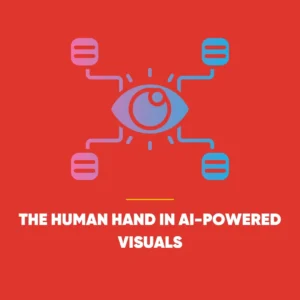 Artificial intelligence (AI) cannot be ignored in brand storytelling. AI experimentation once focused on artificial fantasy. This resulted in futuristic, polished, and unmistakably machine made imagery.
Artificial intelligence (AI) cannot be ignored in brand storytelling. AI experimentation once focused on artificial fantasy. This resulted in futuristic, polished, and unmistakably machine made imagery.
By 2026, AI visuals have shifted. They now feel more human and organic. Brands have dialled back the raw, eerie perfection of the early AI aesthetic. The goal is subtle AI assistance, blending it with human creativity. We are not letting AI take the wheel. We are using it to craft something far more authentic.
How to Blend Human and AI Creativity
To begin, balance AI precision with organic visual elements. Then, incorporate human photography and hand drawn touches. Crucially, these organic textures offset AI’s perfection. Furthermore, blend human design with AI-generated motion graphics. Subsequently, you can create fresh, dynamic visuals without losing authenticity. Therefore, lean into design trends which actively showcase a human touch. For instance, use handwriting, scribbles, underlining, and thick raw lines.
What’s Next for Visual Storytelling?
Visual storytelling in 2026 focuses entirely on deeper engagement. AI significantly speeds up content creation. However, authenticity keeps it truly meaningful. Interactivity makes it genuinely engaging.
To fully harness visual storytelling power, tell immersive stories with real impact. You could use AI-assisted design, but ensure it has a human touch. Perhaps try an AR-powered shopping experience, or a nostalgic rebrand which sparks cultural memory. Make your content marketing strategy interactive, authentic, and personal.
